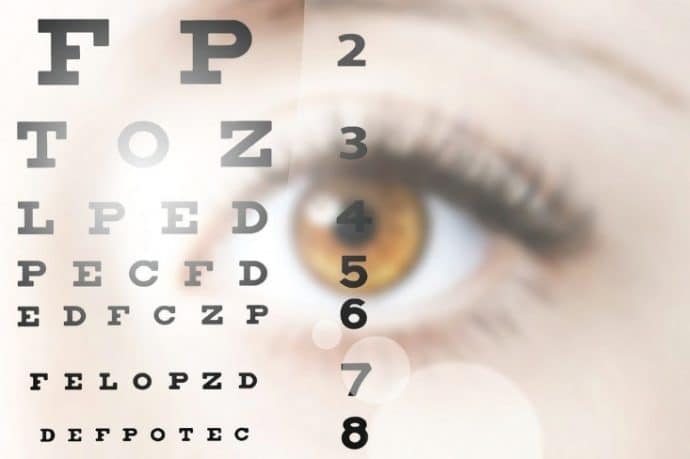The marvels of medicine have grown exponentially in the past several decades. Forecasts for change are endless as things like artificial intelligence, automation, and 3D printing are realized for the benefit of medicine, dentistry, and optometry. IBM Watson is just one company set to revolutionize the world of optometry. That is — if they can manage to overcome skeptical minds.
IBM Watson is responsible for the shifting the medical paradigm to things like genetic testing for developing better-targeted treatments, and they are also creating ways to overcome many medical hurdles of the past. The problem is that many fear that a completely “AI”-based medical world will do patients a disservice and take the human component out of optometry.
Those who are developing AI technology don’t believe that it is an “all or nothing” proposition, at least not for now. AI technology tools can’t exist without the professionals who know how to work them. That should make many trained professionals less anxious about losing their position. Many industries are concerned about being replaced by automation and robots, and the optometry field is among them.
The difference is that AI technology in optometry doesn’t make the decisions about healthcare; it only provides the tools to be more exact and to overcome barriers and limitations that are commonly found in human hands.
One of the best tools optometry has
One of the latest innovations not just for optometry, but also for dentistry and medicine, is 3D printing. Being launched and perfected this year, 3D printing used to be so expensive that it wasn’t really an option. Due to the increase in technology, it is becoming a viable option for optometrists around the nation.
3D printing can do amazing things like replicate organs for transplants and surgery. There is very little doubt that one day it will be capable of duplicating things like ocular membranes and cells. That could cure everything from glaucoma to blindness worldwide. Although right now replication is only a theory, 3D printing has practical applications for today.
The newest thing in optometry is frame printing. The technology will be available later this year and will allow patients to take their favorite pair of frames to an office and have glasses made to match. Imagine taking your favorite pair of sunglasses in to have them replicated for your reading glasses — all while you wait.
The best part is that the patient will be capable of doing it all on their own. Paying just a “click” fee, they can replicate their glasses multiple times to have spares and reproductions without having to pay for an office visit or wait for a technician to produce them. The good news is that everyone wins. Since an optometrist can buy these high-end printers, the profit will be in their hands when the patients use them.
And it’s not just for frames; 3D printed lenses are also making their way to an optometrist’s office near you. Although the lenses are still not completely ready to go, they are likely to be ready in the next couple of years. Those working on perfecting the technology admit that it is a difficult hurdle to get the lenses just right. But just like any new advancement, working out the kinks is always the first step.
Virtual Snellen Chart
The Snellen chart has been in use since the mid-1800s and has always done an okay job at gauging a person’s sight, but new technology is about to take it virtual. Creating an environment where you are looking at real-life situations like driving or playing sports, it gives a much better assessment of how your eyes are performing in various activities, not just while standing looking at a chart. The new virtual chart will do a better job assessing how people are seeing under various conditions, not just standing still in front of a stationary figure.
New technology always takes a little bit of getting used to. The same is true in the worlds of medicine and optometry. Many practitioners who have spent their entire lives building their practice and perfecting their skills may fear the new wave of AI and how it will affect them. The good news is that AI technology isn’t meant to replace professionals, just to provide them with better tools to help their patients see more clearly, have more convenience and options, and give them better overall satisfaction with their eye care experience.

